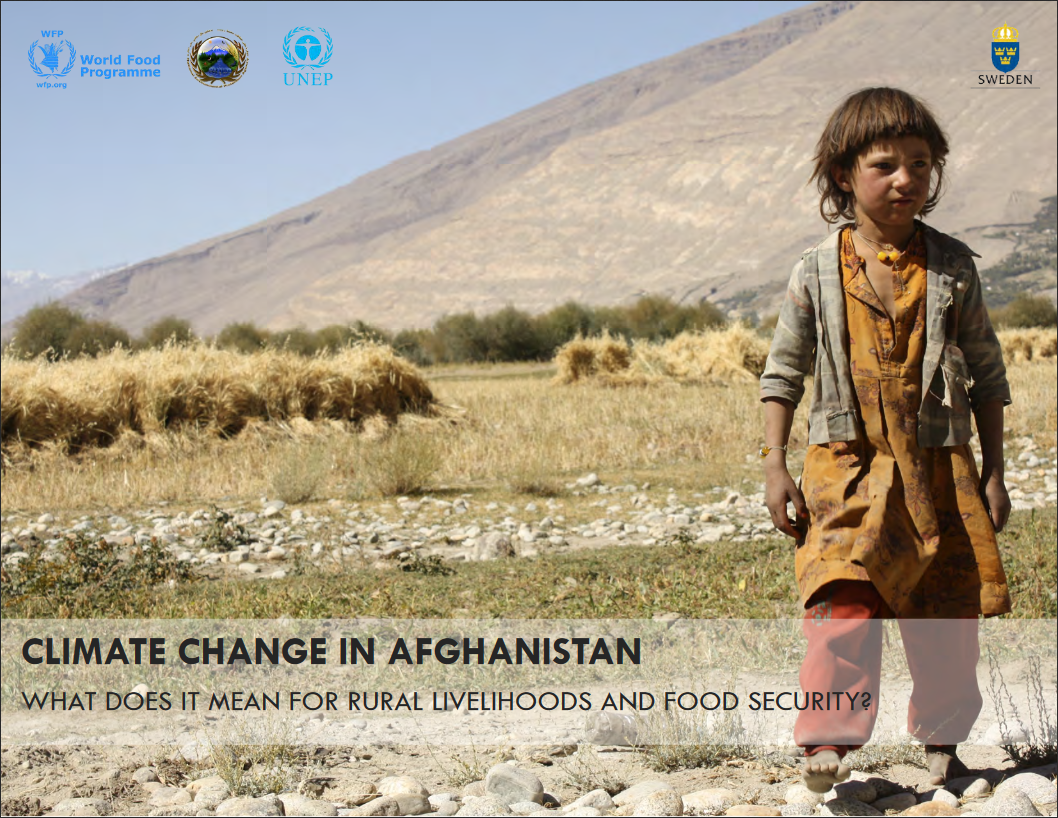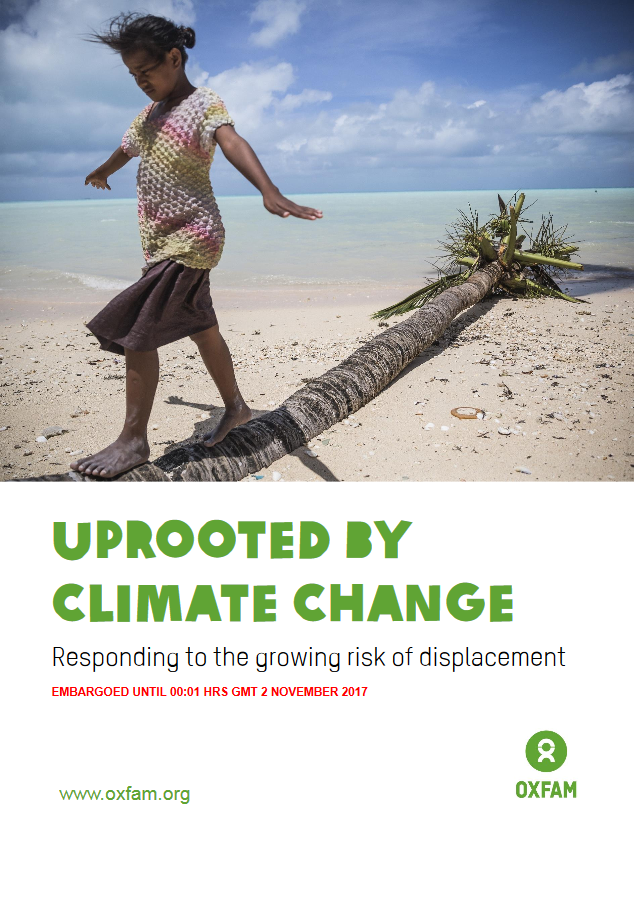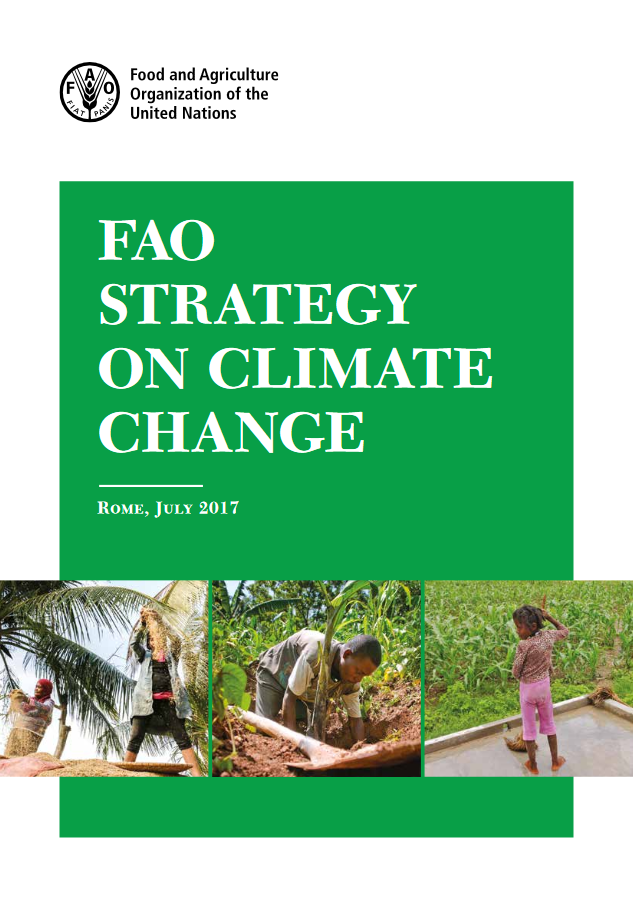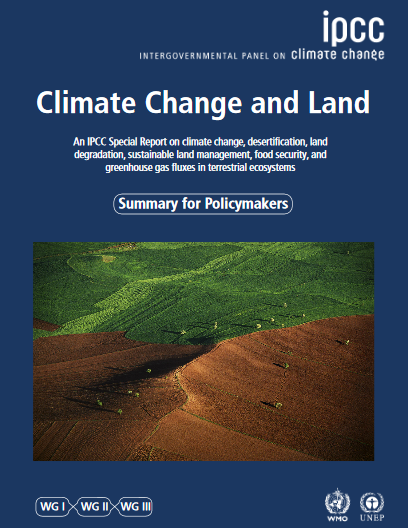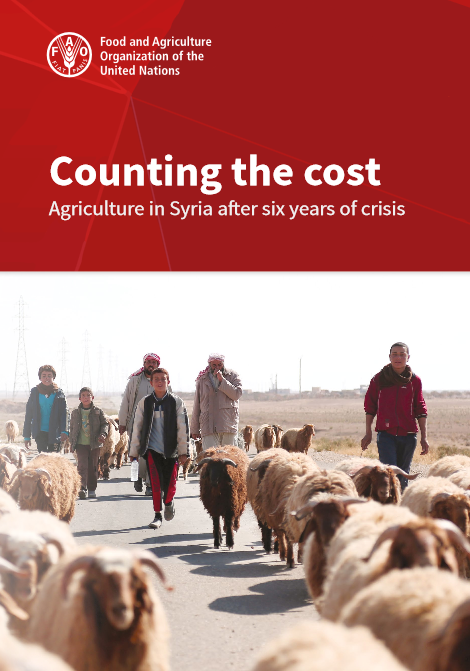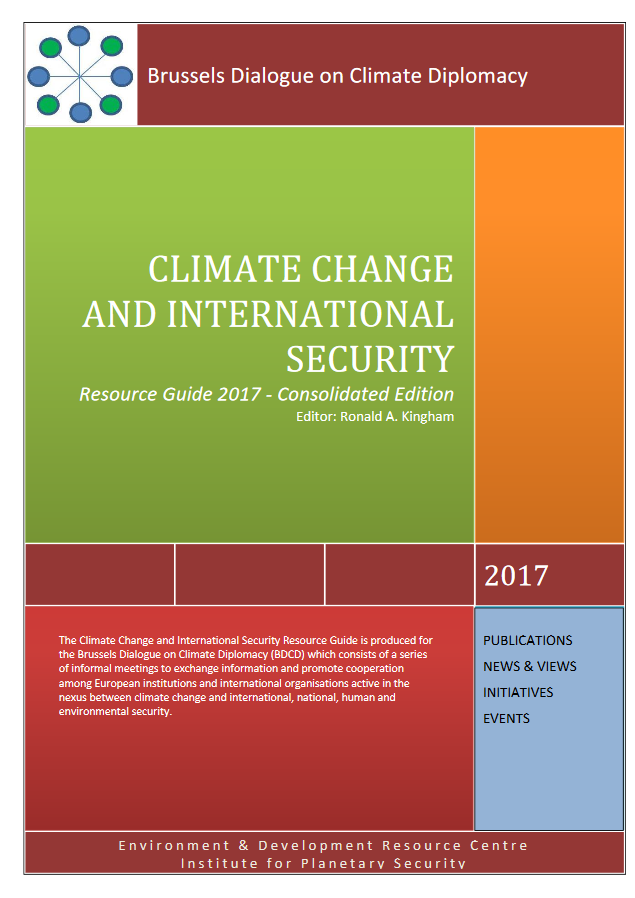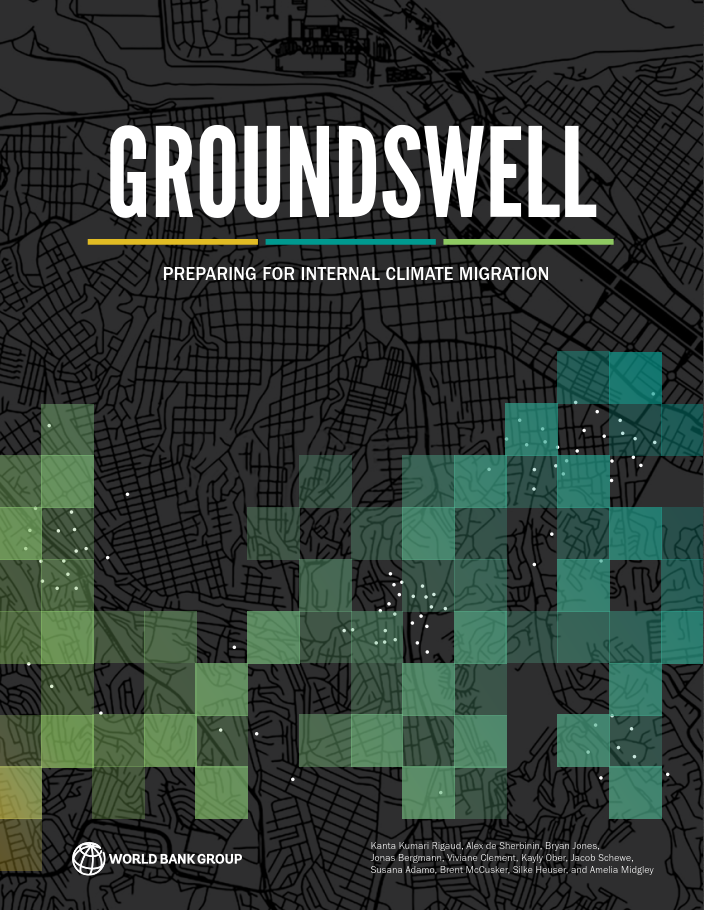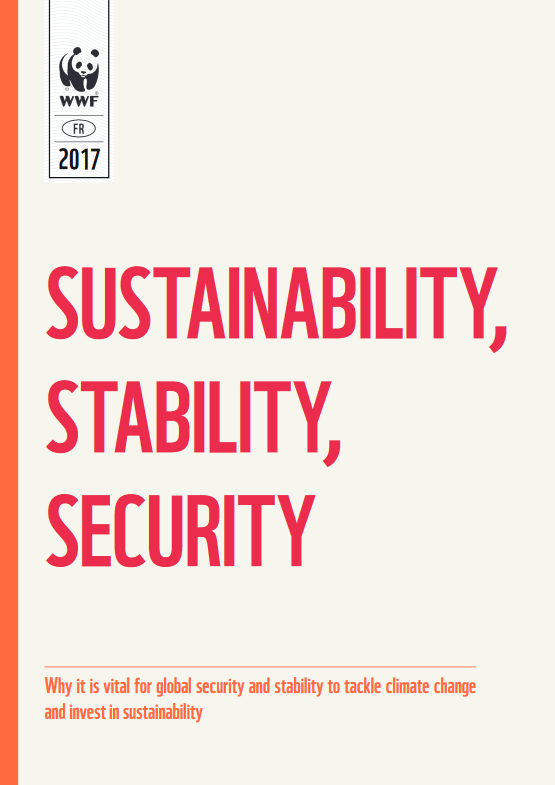Climate Change in Afghanistan - What Does it Mean for Rural Livelihoods and Food Security?
Climate change in Afghanistan is not an uncertain, “potential” future risk but a very real, present threat— whose impacts have already been felt by millions of farmers and pastoralists across the country. In this report, it is shown how drought and flood risks have changed over the past thirty years, and what impact this has had on rural livelihoods and food security in the country. The aim is to inform national-level prioritisation of areas and livelihoods groups for climate change adaptation and disaster risk reduction programmes.

